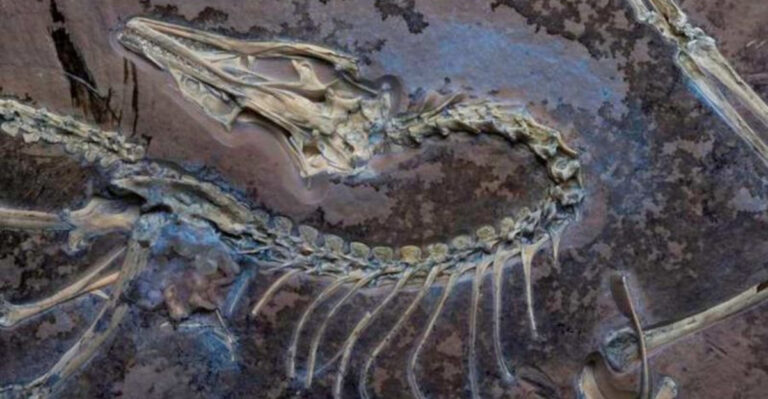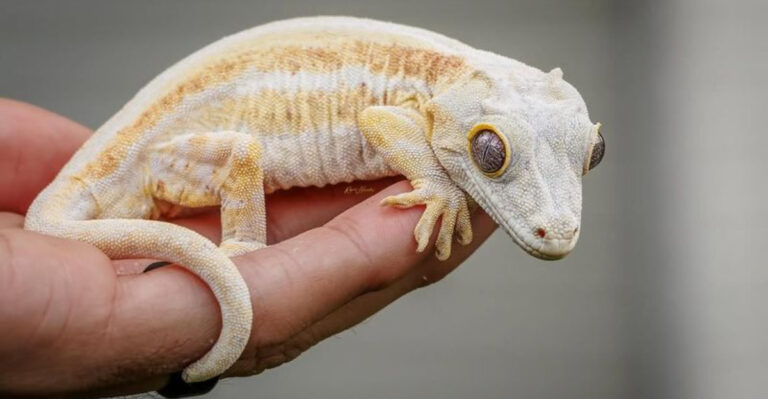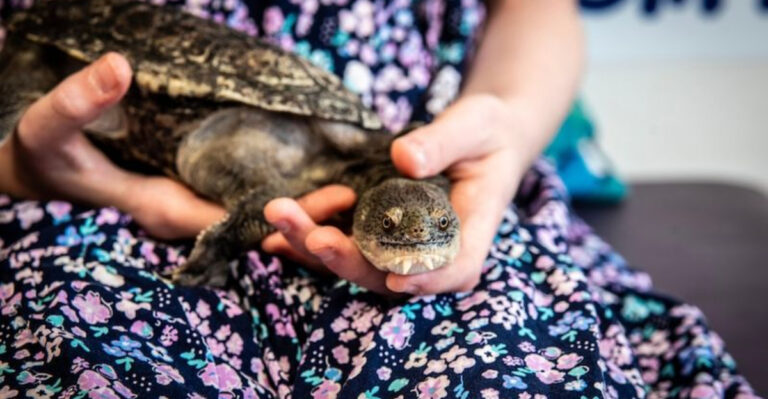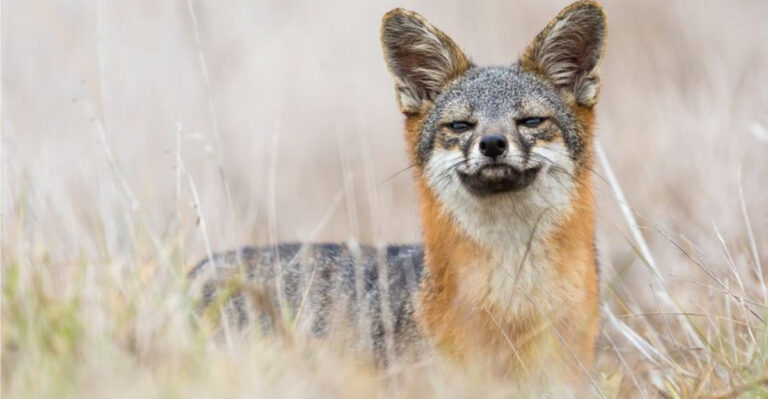The Simple Adjustments That Stopped Birds From Crashing Into My Windows
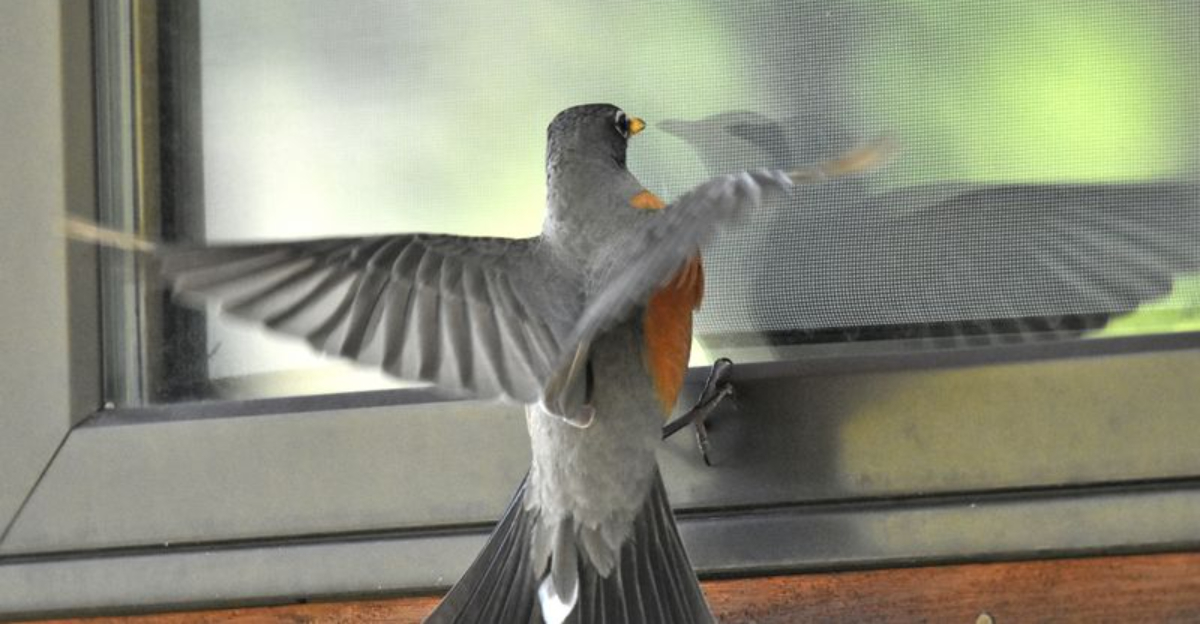
Every spring, I’d find tiny feathered bodies below my windows – a heartbreaking discovery no bird lover wants to make. Birds can’t see glass the way we do, causing them to fly straight into what they perceive as open sky or reflected trees.
After researching solutions, I implemented several simple changes around my home that dramatically reduced bird collisions. These easy fixes have saved countless birds from injury or death while maintaining the beauty of my home.
Why Birds Mistake Windows For Open Sky
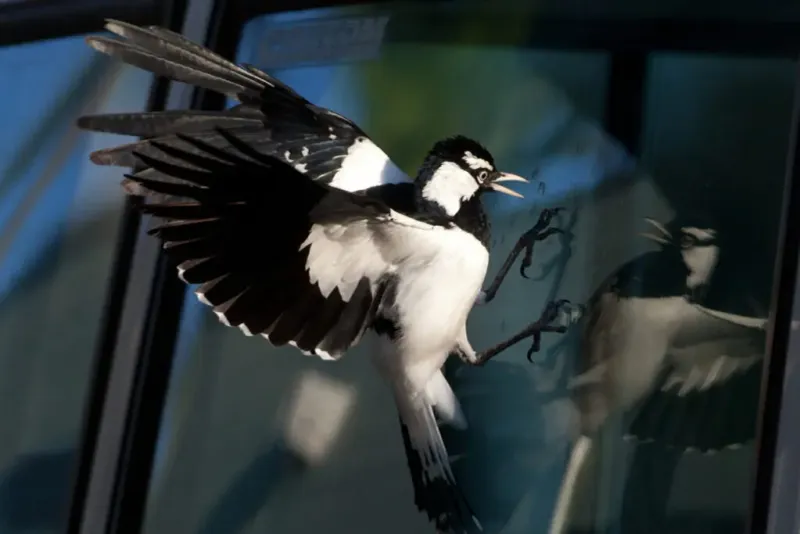
Birds lack depth perception like humans do. Their vision evolved to spot predators and find food, not to recognize human-made materials like glass. When they see the reflection of trees or sky in your windows, they believe it’s a continuation of their flight path.
This confusion becomes especially dangerous during migration seasons when birds are traveling through unfamiliar territory. Dawn and dusk are particularly risky times since the low sun creates strong reflections on glass surfaces.
Understanding this visual limitation is the first step toward creating bird-safe windows. Once I realized why birds couldn’t see my windows, finding solutions became much easier.
How Reflections And Transparency Put Birds At Risk
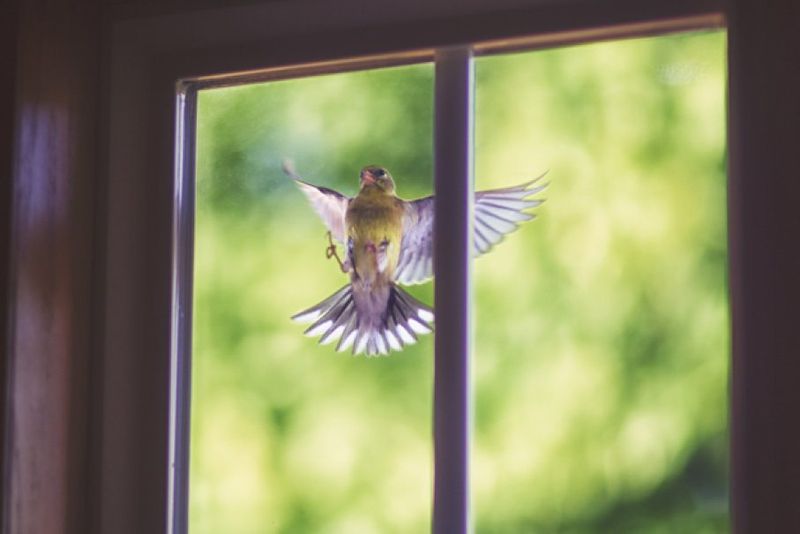
My large picture windows became deadly traps on sunny days. The glass perfectly mirrored the surrounding landscape, creating an illusion of continuous habitat that fooled birds into thinking they could fly through.
Corner windows proved especially dangerous, as birds attempted to take what appeared to be a shortcut through my house. The transparency of clean glass compounded the problem – birds could see attractive indoor plants or the outdoor habitat on the other side.
I noticed collision marks were concentrated on windows that reflected my garden or had a clear view through to vegetation on the opposite side of the house.
Adding Decals Made A Surprising Difference
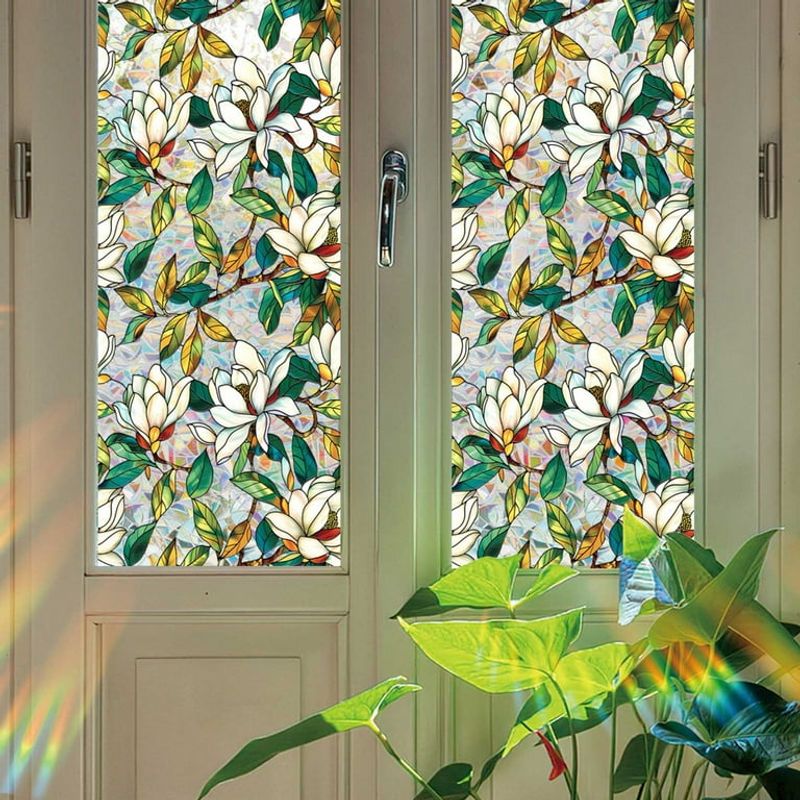
Colorful window decals became my first defense against bird strikes. I placed hawk silhouettes, leaf patterns, and geometric shapes on my most problematic windows, spacing them about 4 inches apart to create a visual barrier birds could recognize.
The key was using decals designed specifically for bird safety – they contain ultraviolet reflective material that birds can see better than humans can. Regular stickers work too, but need closer spacing.
What surprised me most was how quickly this simple solution worked. Bird collisions dropped dramatically within days, and the decals added a decorative element that guests often compliment.
How Changing Curtains Helped Birds See The Glass
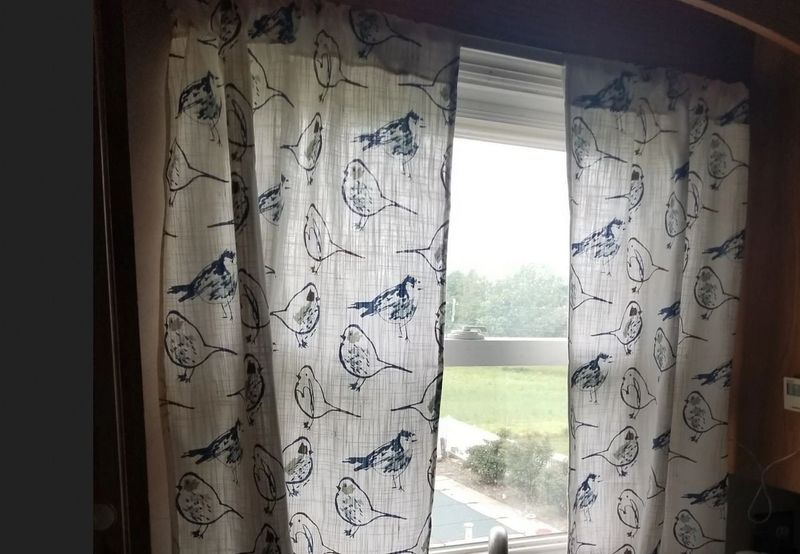
My sheer white curtains were practically invisible from outside, doing nothing to alert birds to the glass barrier. Switching to patterned, semi-opaque curtains made a remarkable difference in preventing collisions.
I found that keeping curtains partially closed during peak migration seasons created visual cues that birds could recognize. The fabric breaks up reflections and signals that something solid exists there.
For sliding glass doors, vertical blinds left partially open work wonderfully. This simple adjustment using what I already owned cost nothing yet saved countless birds from painful impacts.
Hang Lightweight, Decorative Strings
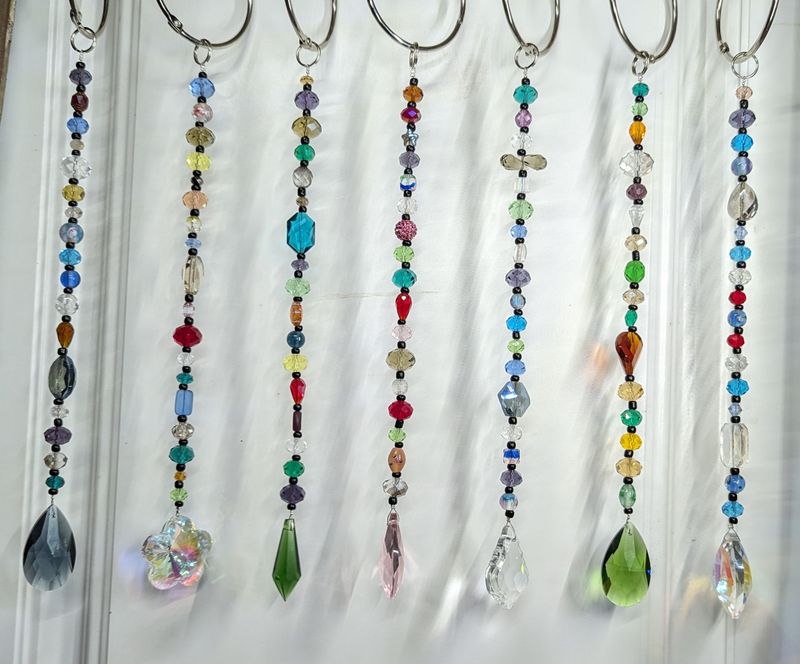
Hanging strings of beads outside my kitchen window created gentle movement that caught birds’ attention before they flew too close. I used weatherproof fishing line strung with colorful wooden beads, spaced about 4 inches apart and hanging 3 inches from the glass.
The slight breeze causes these strings to move, creating both visual and auditory signals. Birds notice this movement and adjust their flight path accordingly.
This solution works beautifully for smaller windows where other methods might look too cluttered. My neighbors even copied the idea after seeing how effective and attractive it looked on my home.
Using Screens And Netting For Extra Protection
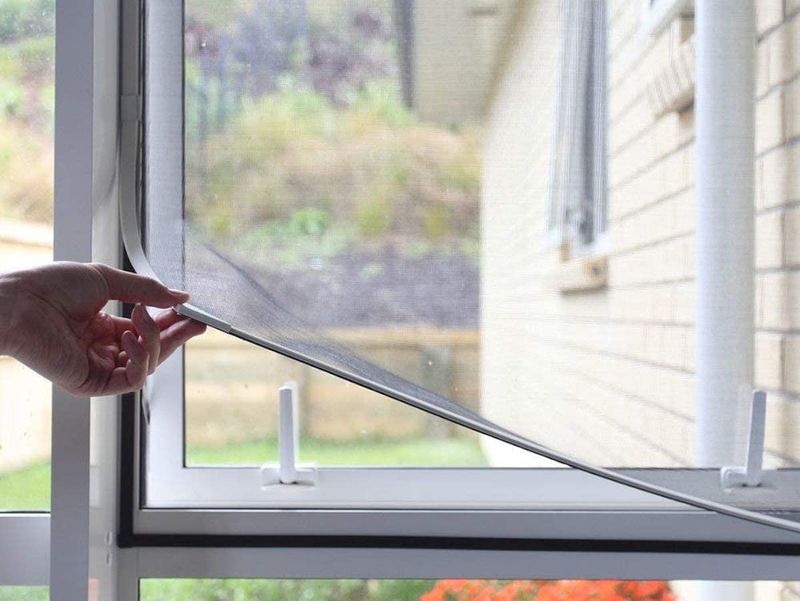
Installing window screens on my most problematic windows created a cushioning barrier that prevented serious injuries when the occasional bird still misjudged. The mesh breaks up reflections while providing a softer surface if collisions occur.
For large picture windows where screens weren’t practical, I installed fine bird netting several inches away from the glass. This nearly invisible netting catches birds gently before they hit the hard surface.
Both solutions have the added benefit of keeping insects out while still allowing fresh air in when windows are open. The screens have become permanent fixtures, while I only use the netting during peak migration seasons.
Install Feather Friendly Dot Patterns
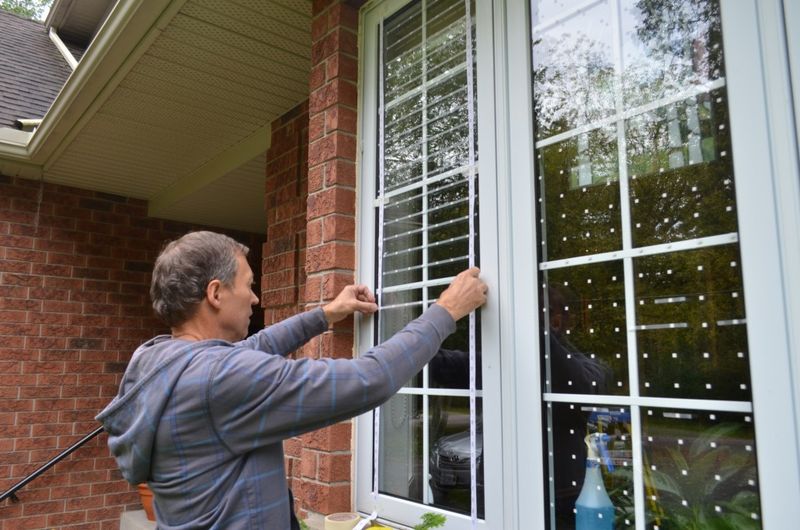
Small white dots spaced evenly across my windows became game-changers in preventing bird strikes. These specialized markers create a pattern birds can see while remaining nearly invisible to humans from inside.
Application was surprisingly easy – the dots come on tape strips that serve as placement guides. Once positioned, you simply rub the dots onto the glass and remove the tape, leaving the pattern behind.
The dots are particularly effective because they work in all lighting conditions, unlike some solutions that only help during certain times of day. My sliding glass doors now sport these subtle markers, and bird collisions have stopped completely.
Apply One-Way Transparent Film
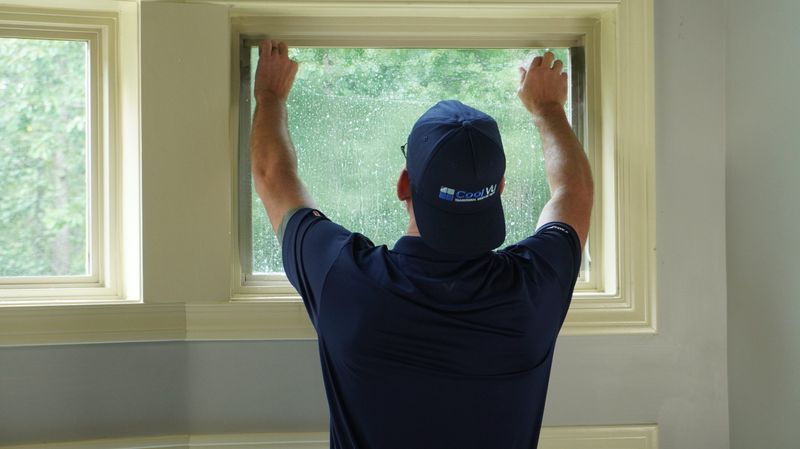
Window film transformed my problematic picture window into a bird-safe zone while maintaining my view. This special film allows me to see out clearly while creating a visible barrier for birds on the outside.
Some films have subtle patterns or tints that birds can detect. Others use ultraviolet reflective technology that’s highly visible to birds but barely noticeable to humans.
Installation required just water, soap, and a squeegee. The film reduced glare and heat gain inside my home – unexpected bonuses beyond bird safety! My energy bills dropped slightly after applying the film, making this solution beneficial in multiple ways.
Move Indoor Plants Away From Windows
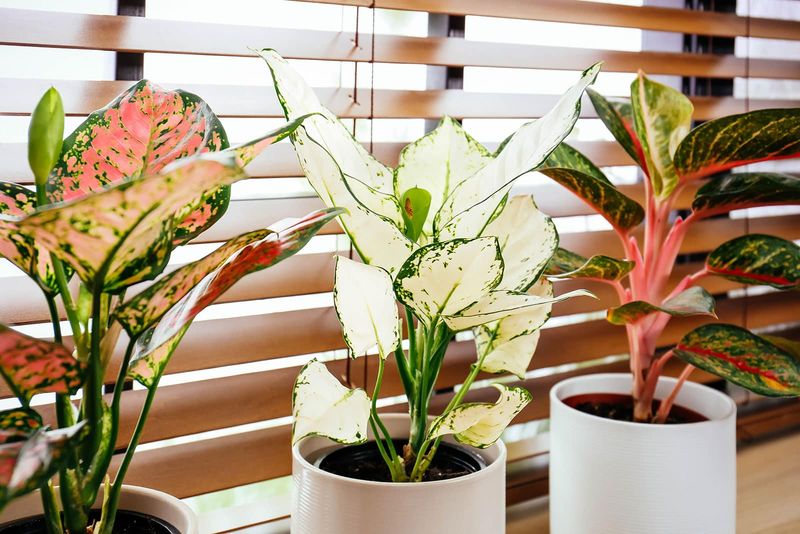
My beloved houseplants near windows were actually luring birds to their doom. Birds spotted these green oases through the glass and flew straight toward what they perceived as safe habitat.
Simply relocating plants at least 3 feet back from windows made an immediate difference. I rearranged my living room furniture to accommodate this change, creating a more interesting interior layout in the process.
For plants that needed bright light, I installed hanging planters that remained visible from the room but not from outside. This small adjustment cost nothing yet significantly reduced the number of bird strikes on my largest windows.
Why Every Homeowner Should Try These Simple Fixes
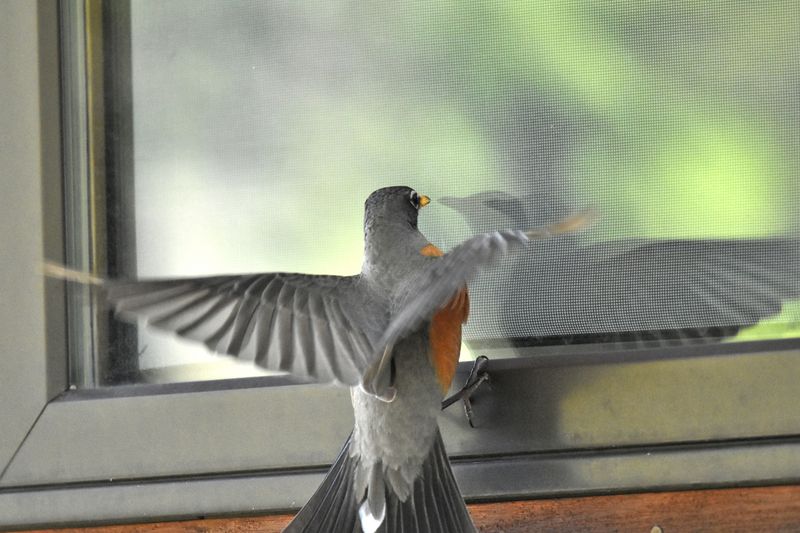
Bird collisions kill up to a billion birds annually in North America alone. Each home that implements these simple solutions helps reduce this staggering number.
Beyond saving wildlife, these adjustments often improve home aesthetics and energy efficiency. My window film reduced summer cooling costs, while decorative strings and decals became conversation starters with guests.
Most importantly, I no longer find injured birds outside my home – a relief that far outweighs the minimal effort these changes required. Knowing my home is no longer a hazard to local wildlife brings genuine peace of mind worth far more than the few dollars and hours invested.

